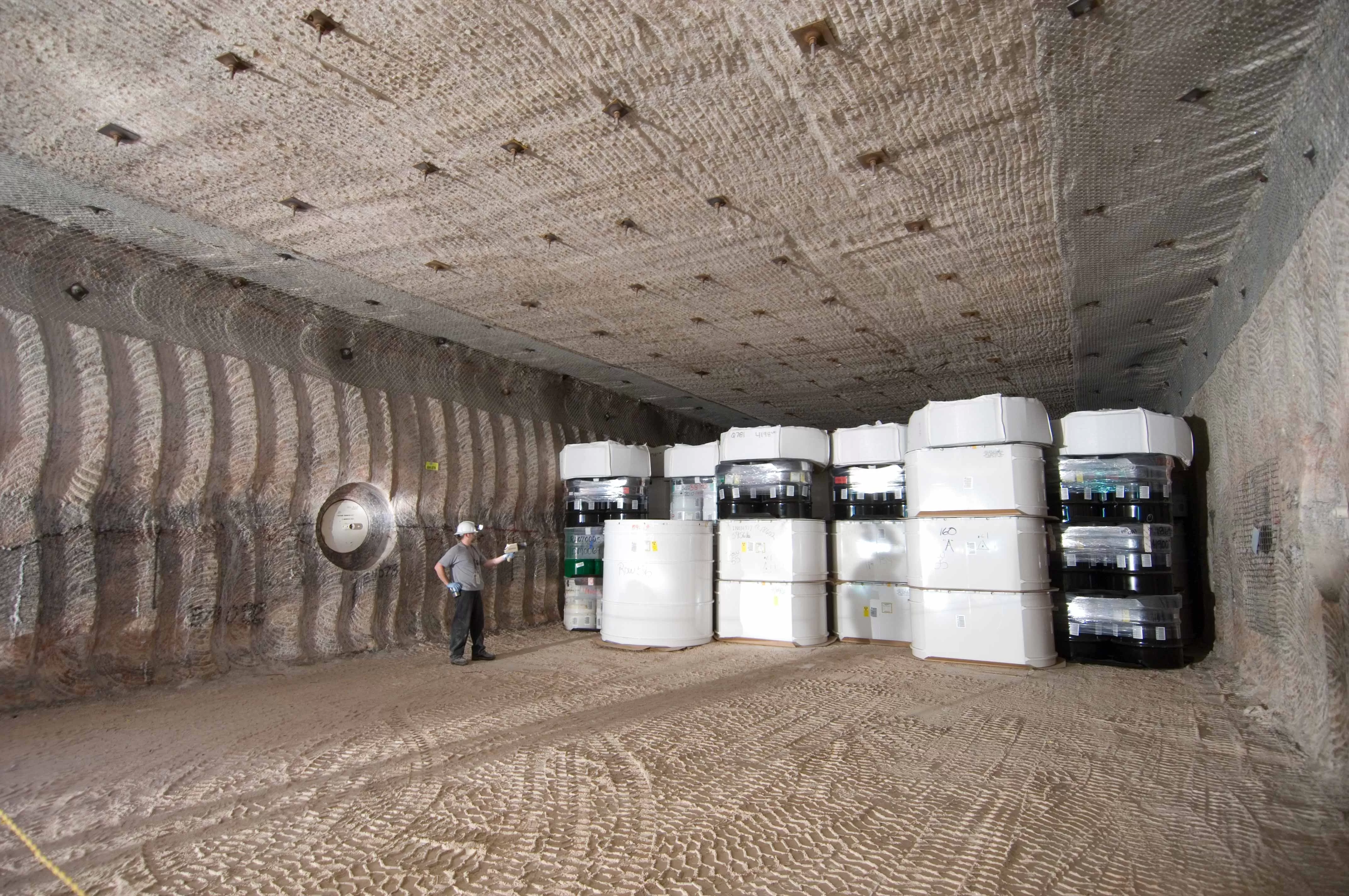How far advanced are disposal programmes in other countries?
Many countries rely on nuclear energy. The daily operation of nuclear power plants produces high-level waste and spent fuel assemblies as well as low- and intermediate-level waste that have to be stored and disposed of. Countries such as Sweden, Finland, Hungary and South Korea have been operating deep geological repositories for low- and intermediate-level waste for years or even decades.
Repository projects for high-level waste are also at an advanced stage in Finland, Sweden and France. By collaborating closely with these countries, Switzerland can benefit from this progress. Some countries, such as France or Spain, dispose of their low-level waste in facilities located near the surface. The Netherlands also has a high-level waste repository at the surface, which was designed to last for around 100 years.
Finland
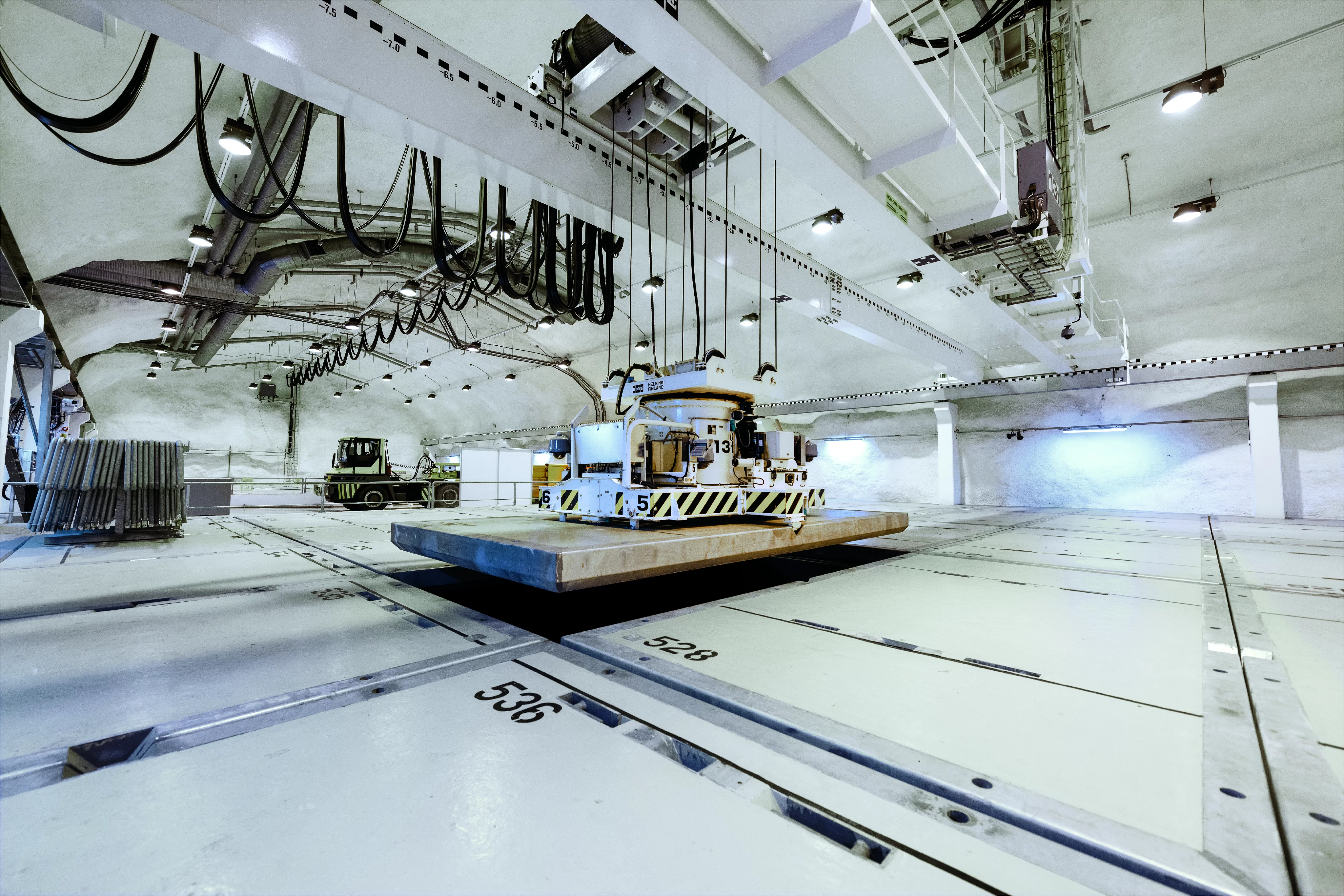
The Onkalo repository for spent fuel assemblies near the Baltic Sea coast in south-west Finland has been under construction since late 2016. It is located on the Olkiluoto peninsula and is expected to come into operation in the mid-2020s. The high-level radioactive waste will be enclosed in copper canisters and emplaced in the crystalline rock at a depth of over 400 metres. In the spring of 2021, Posiva, the Finnish waste management organisation, started constructing the first emplacement drift.
The encapsulation plant for spent fuel assemblies has been under construction since autumn 2019 and is expected to be completed by summer 2022. The Olkiluoto and Loviisa nuclear power plants each have a repository for low- and intermediate-level waste and a wet storage facility for spent fuel assemblies.
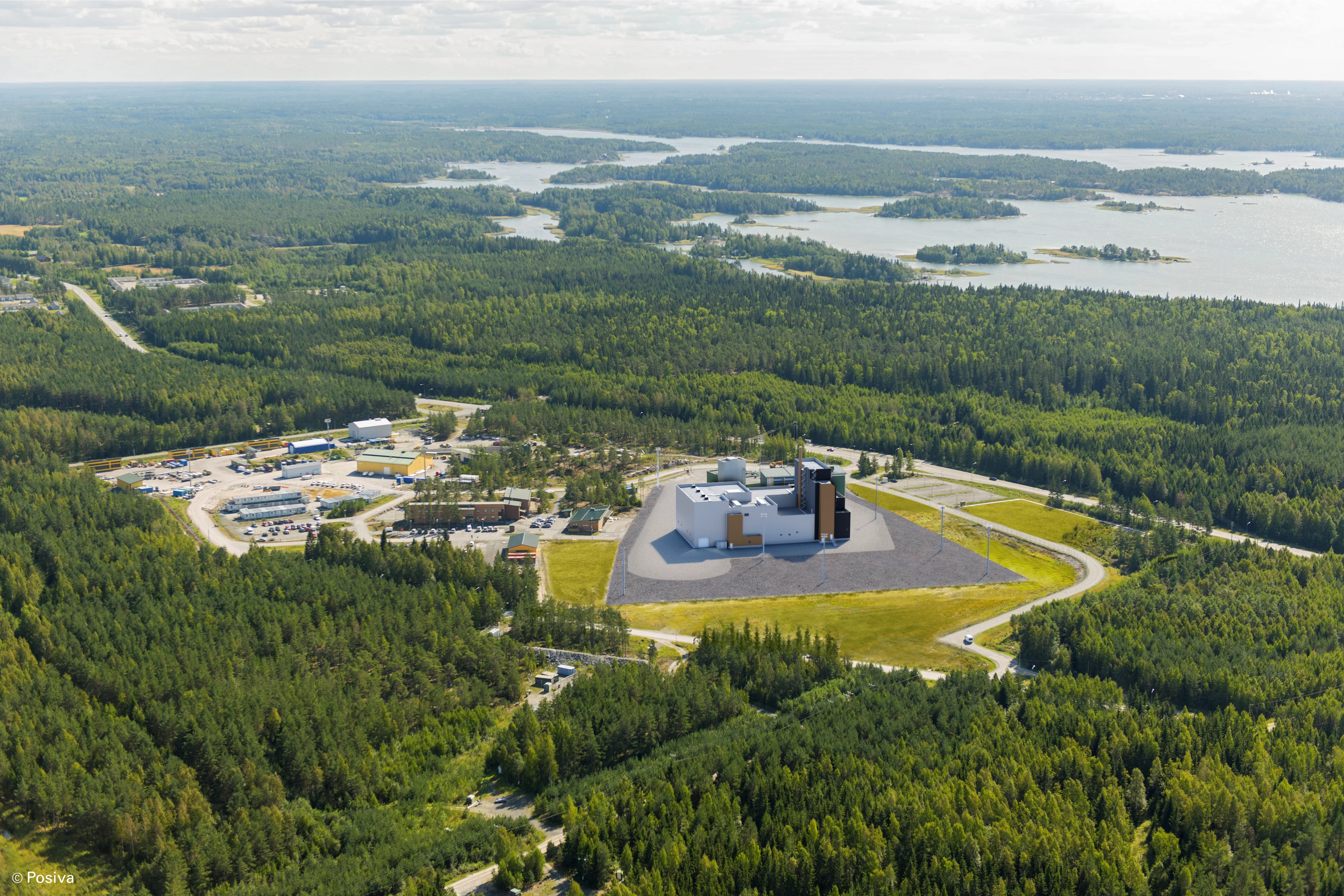
France
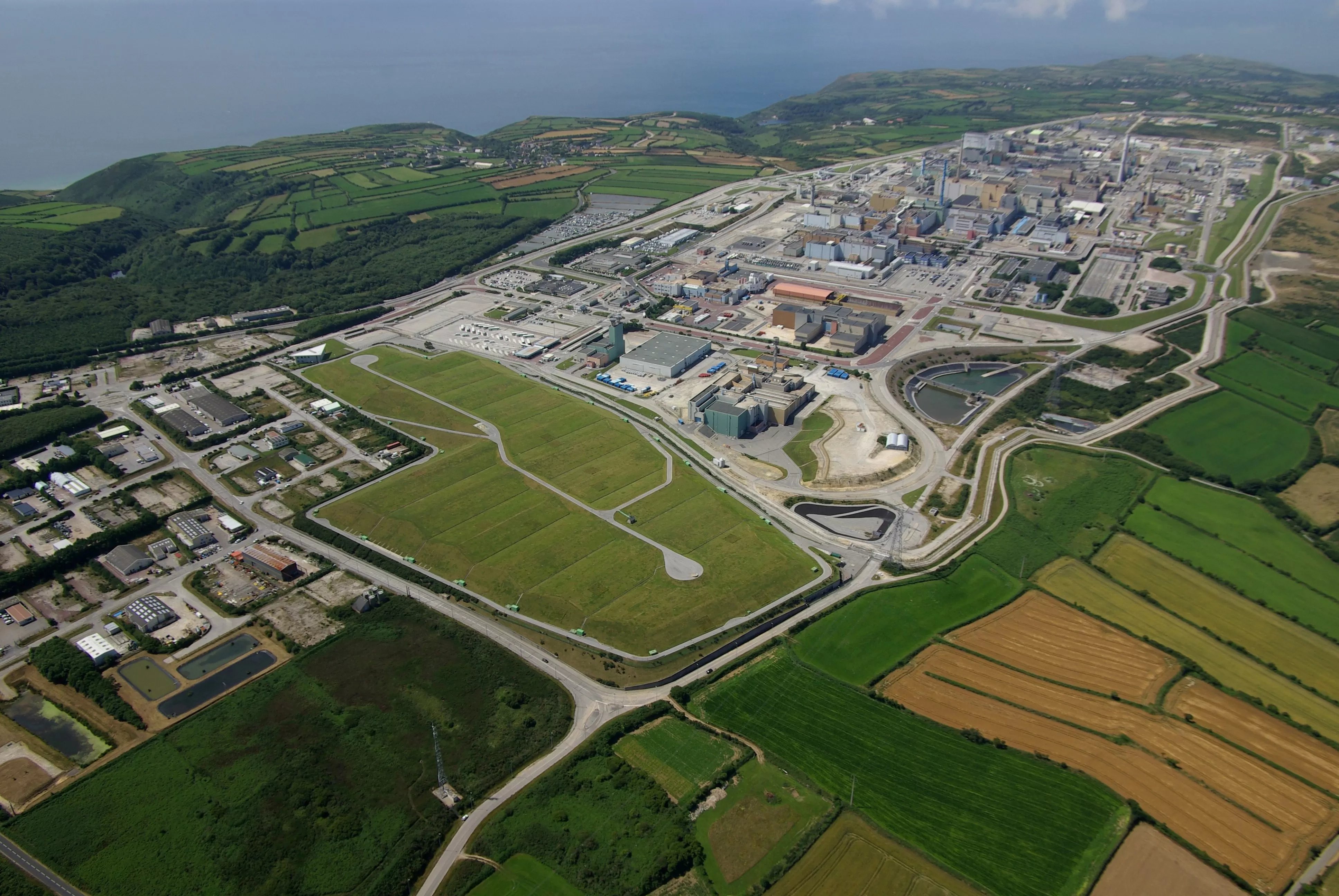
The French waste management organisation, Andra, has been operating an underground laboratory since the year 2000. It is located in Bure within the Meuse Département, which is around 150 kilometres from the German state of Saarland. The potential site for a high-level waste repository, Cigéo, is located at a distance of just a few kilometres from the underground laboratory. The waste will eventually be emplaced in clay rock at a depth of around 500 metres. The construction licence application will be submitted soon, and the repository could go into operation around 2040.
Two surface facilities (see also Spain) for short-lived low- and intermediate-level waste, Centre de la Manche and Centre de l’Aube, already exist.
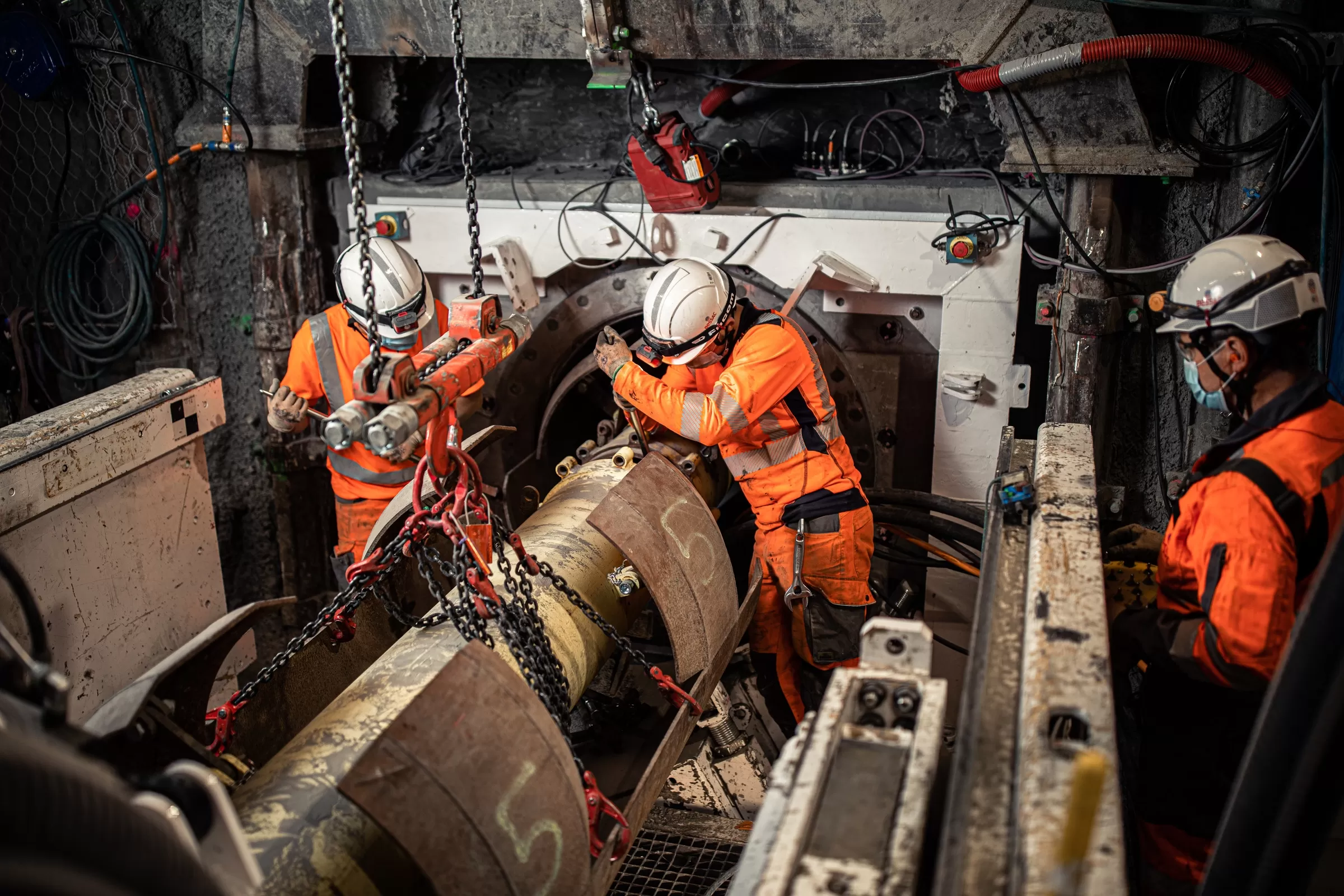
Netherlands
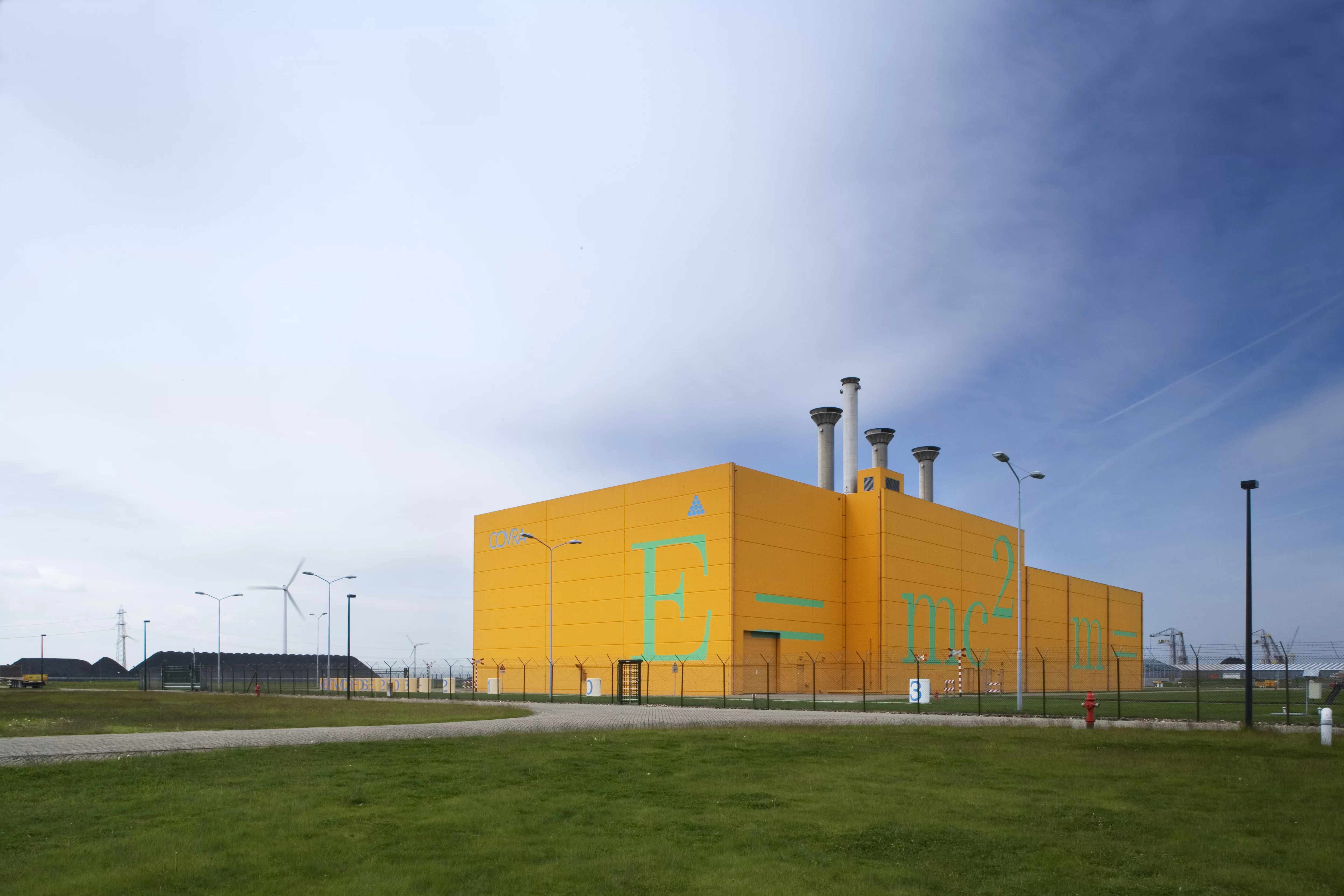
The Dutch waste management organisation, COVRA, operates a centralised interim storage facility at the earth’s surface in Borsele, located on the estuary of the Schelde River that flows into the North Sea. The most noticeable building is the orange HABOG storage facility for high-level waste, which has been in operation since 2003 and will serve as a long-term interim storage facility for at least one hundred years.
However, due to the Netherlands’ geological setting, the waste is not planned to remain at the surface but will be disposed of in deep geological repositories. Just like the Swiss interim storage facility (Zwilag), HABOG was constructed in compliance with very high safety standards, i.e. it can resist fire, earthquakes, explosions, direct aircraft impact and flooding.
Sweden
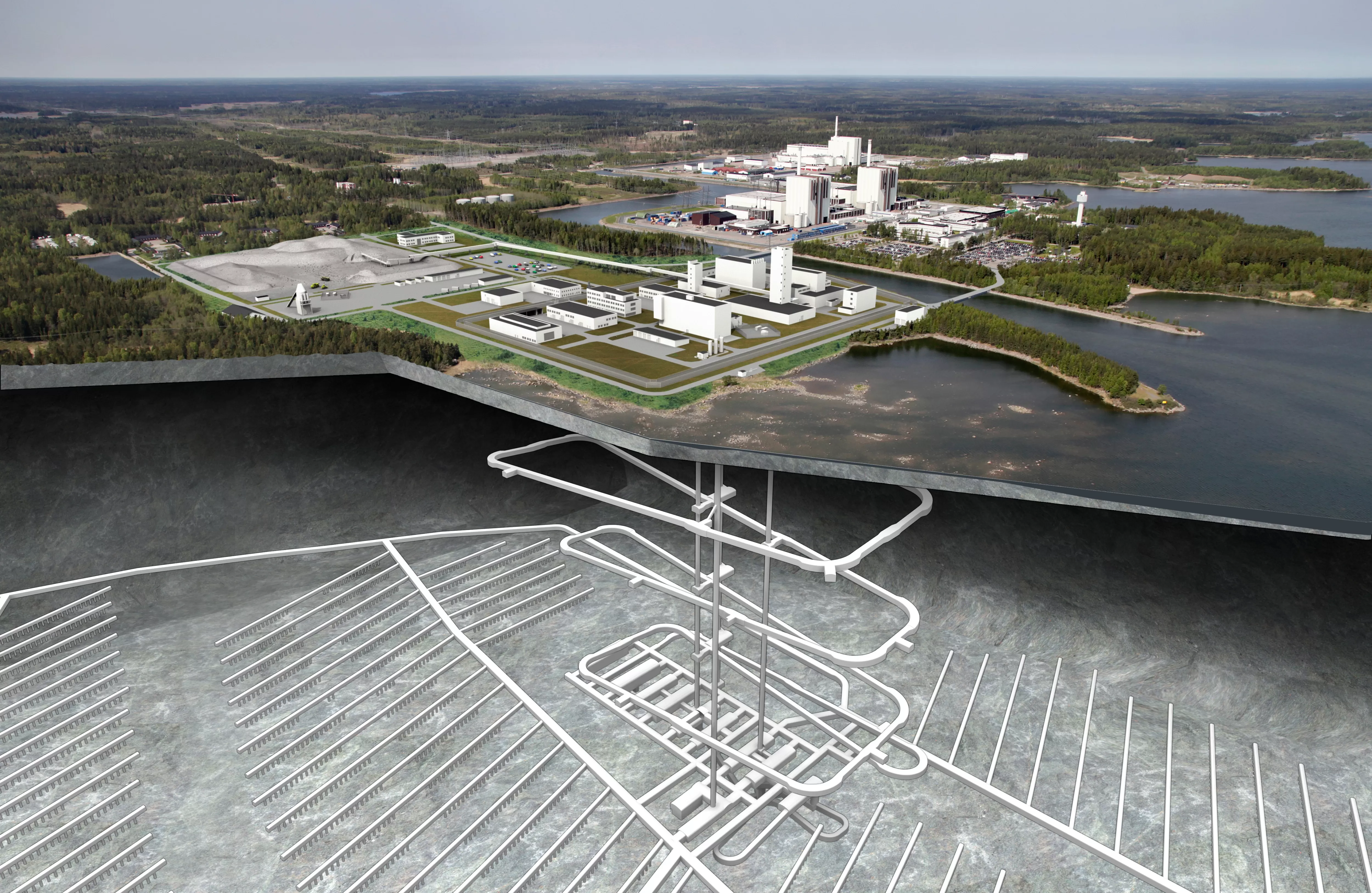
In Sweden, spent fuel assemblies will be disposed of in the Söderviken repository. The repository site is located close to the Forsmark nuclear power plant in the community of Östhammar near the Baltic Sea around 140 kilometres north of Stockholm. The Swedish waste management organisation, SKB, submitted the corresponding construction application in 2011.
The government’s assessment is ongoing, and there have been questions regarding the corrosion resistance of the copper disposal canister. As a consequence, SKB have submitted addenda to the application. An encapsulation plant for spent fuel assemblies is planned to be constructed in Oskarshamn around 350 kilometres further south where spent fuel assemblies are already stored in an underground wet storage facility (CLAB interim storage facility). This has been in operation since 1985.
The construction licence application for the encapsulation plant was also submitted in 2011. In October, the community of Östhammar approved the construction of the deep geological repository. Prior to this, Oskarshamn had approved the construction of the encapsulation plant.
The Swedish Government has granted SKB permission to construct a deep geological repository for radioactive waste. Construction of the facility could start in the mid-2020s. The repository will be constructed in Forsmark in the municipality of Östhammar and a waste encapsulation plant in Oskarshamn.
In the crystalline rock beneath the Forsmark nuclear power plant, a deep geological repository for low- and intermediate-level waste has been operational since 1988. Extension work is in progress until 2023. At the Äspö Rock Laboratory close to Oskarshamn, research has been conducted on the crystalline basement since 1995.
Spain
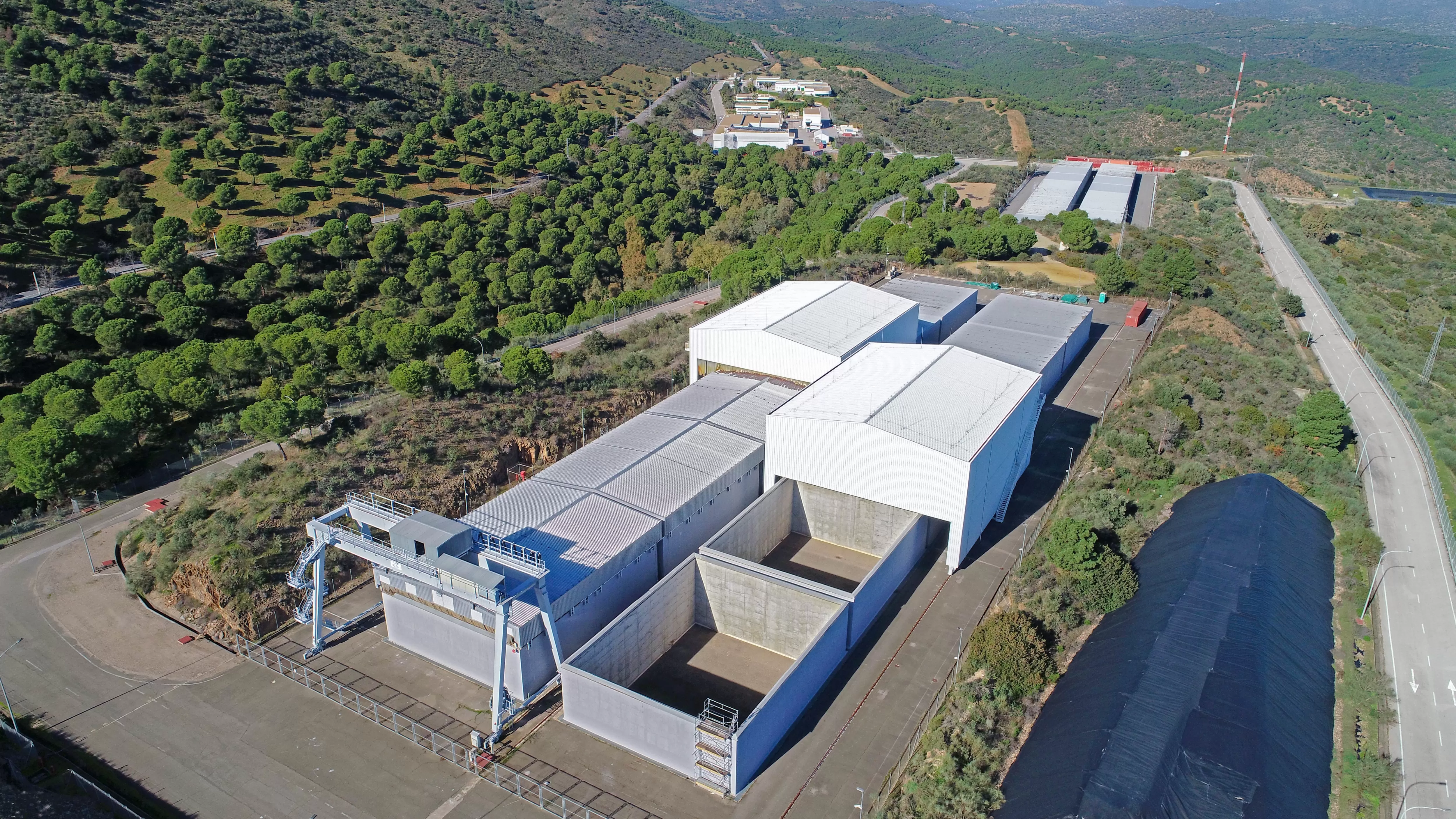
Spain has been successfully disposing of its short-lived low-level waste in the El Cabril near-surface disposal facility since 1992. Engineered barriers, such as backfilled and covered concrete vats, enclose the waste but are subject to human activities and environmental impacts such as erosion. The barrier function provides sufficient safety for a limited time period of up to several hundreds of years. However, such facilities require ongoing supervision and maintenance until the radioactive substances have decayed to a harmless level. France also has such near-surface disposal facilities.
Hungary
Hungary has been emplacing low- and intermediate-level waste in the Bátaapáti repository since late 2012, which was constructed in crystalline rock at a depth of around 250 metres. The search for a site for a high-level waste repository is ongoing.
Canada
In Canada, spent fuel assemblies will be disposed of in a deep geological repository. The site selection process is based on voluntary applications from potential siting communities and has been ongoing since 2010. The last two remaining sites are South Bruce (argillaceous limestone) and Ignace (crystalline rock). Both are located in the Province of Ontario. In 2021, the South Bruce site will be further explored by drilling deep boreholes. The siting decision is expected for around 2023.
Germany
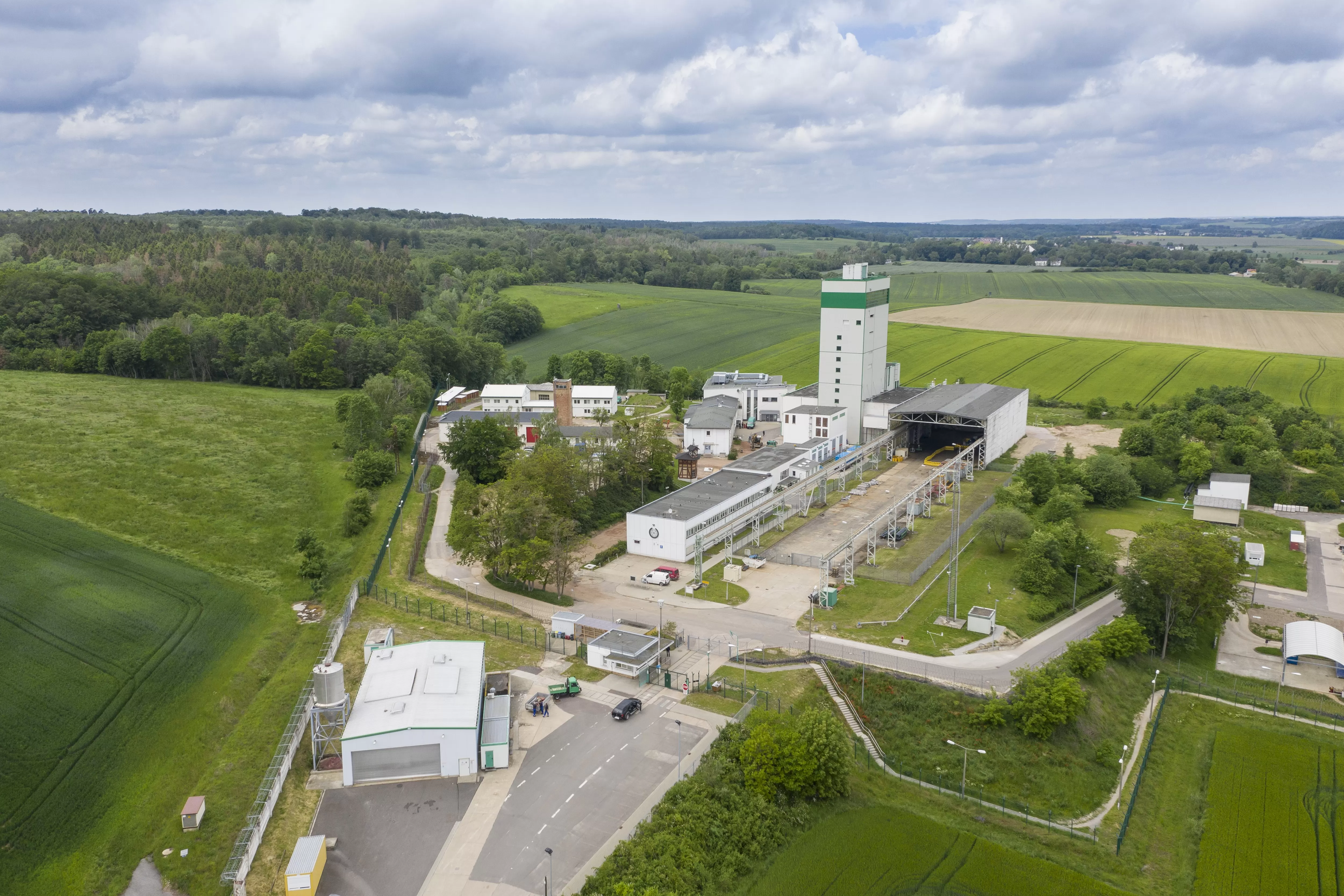
In Germany, low- and intermediate-level waste was emplaced in the former Morsleben salt mine from 1971 to 1998. The repository was then backfilled, and an application has been submitted for the decommissioning of this former East German repository.
Between 1967 and 1978, low- and intermediate-level waste was experimentally disposed of in the former Asse mine. This waste is now to be retrieved. Schacht Konrad is a former iron ore mine that will be converted to a deep geological repository for long-lived intermediate-level waste by 2027.
The site selection process for a deep geological repository for “heat-producing waste” (high-level waste and spent fuel assemblies) was launched anew in 2017 and started with a “blank map of Germany”. Potential host rocks include granite, salt and clay. Germany’s federal company for radioactive waste disposal (BGE) published an interim report in September 2020 on the first phase of the site selection process. The report lists the regions in Germany that have already been excluded from the site selection process, and it also names those regions that will be examined in more depth during the next phases. The most suitable site is to be determined by 2031 in a three-phase process.
USA
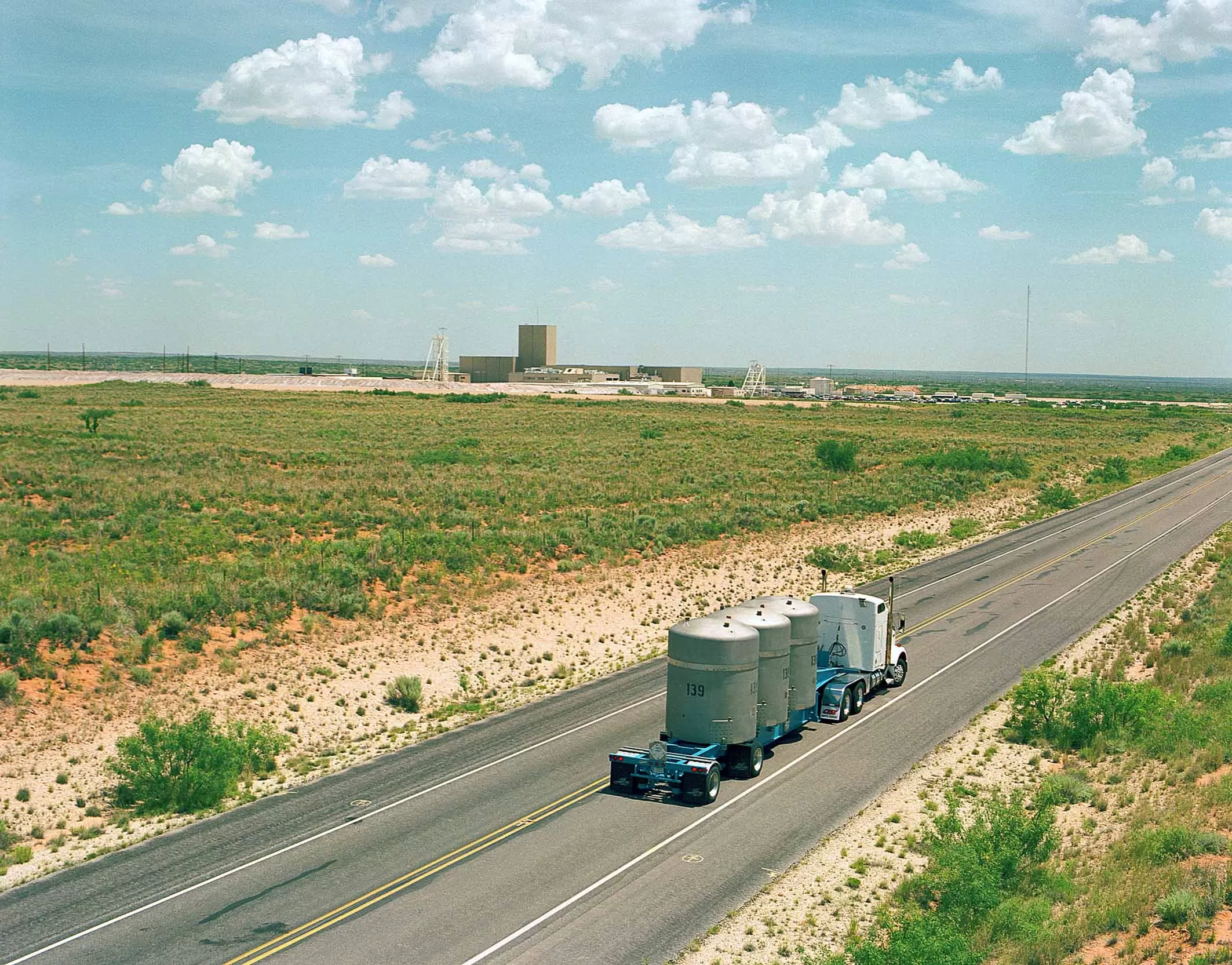
In the USA, the Department of Energy (DOE) has been operating the Waste Isolation Pilot Plant (WIPP) in Carlsbad, New Mexico, since 1999. This is a repository for military transuranic waste built into rock salt at a depth of 655 metres. In 2014, a radiological event occurred, but the radiation levels detected above ground were found to be clearly below the dose limit to the public. The closure of the WIPP is expected around 2050. The USA has several near-surface disposal facilities for low- and intermediate-level waste.
